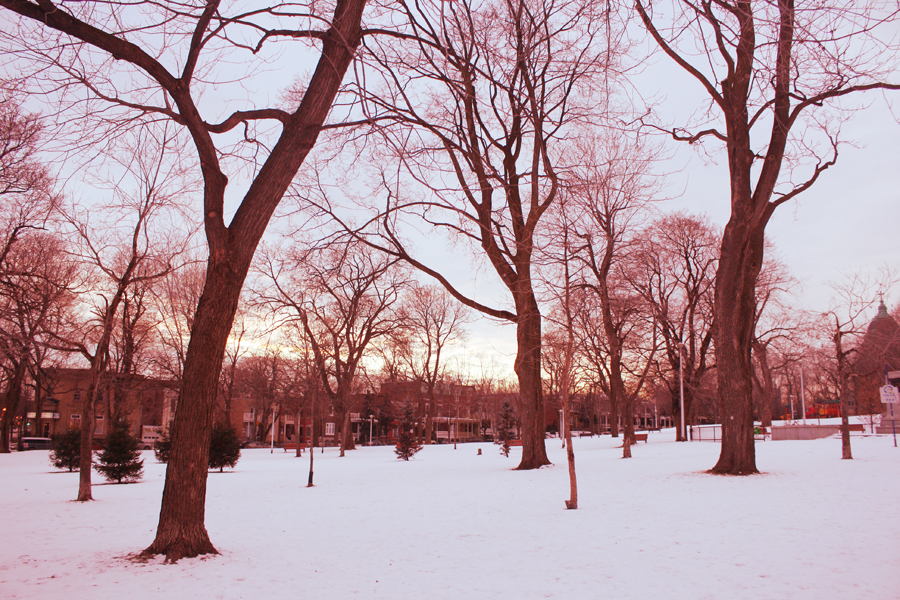The semiotics of midwinter ice: an unstable choreography of transgression.
The established dialogue between the deindividualized subject and its cruel winter setting, come the coldest months of the year, has, throughout traditional discourse, been an example of the asymmetrical power dynamic that welds the dichotomic sovereign/subject together. Characteristic of the classical variations on the trope of the subject’s harrowing path through the antagonistic environment, through which the protagonist fights for survival, modern cultural portrayals have correlated the glacial months of January and February with the antithesis of well-being, freedom, and, importantly, stability. If instability is a core feature of the midwinter season, typified by the precarious footing and the unpredictable bursts of tempestuous snow, Northern consciousness seeks figurative stability in the representative inflexibility it assigns to midwinter, incidentally confining itself to further restraint, in the abiding domineering status it bestows upon it. For the purpose of this essay, I will evaluate the potential freedom to be gleaned by the subversion of these symbolic signifiers that superimpose the narratorial agency of the individual. The possibility of reinstating the individual’s subject status from object will be scrutinized through the evocative case study and absurd phenomenon of slipping on ice on the pedestrian portion of Prince Arthur, between St. Denis and St. Laurent.
The example of the dispossession of poise on a racking ice-laden Montreal street is an ideal space for the negotiation of a renewed interrelationship between the subject, the slipper, and the omnipresent outdoors, whose hostile atmosphere perpetually expropriates their individual autonomy. Traditionally, at least, the street-goer in these months is reduced to a puffed mass, hunched against Boreas’ deathly breaths. Accordingly, the ice between Starbucks and Scotiabank should be an extension of this hand that confiscates individual autonomy, yet doesn’t the meticulous operation of choosing where to establish one’s feet confer a newfound sense of narratorial agency to the pedestrian, and indeed to the very essence of Northern consciousness? Further, consider the miscalculated foot placement, or simply the unfortunate, ill-timed gust of wind, embarking the individual on a crazed tarantella of flailing arms and legs. Wouldn’t this interpretive dance, large and unpredictable in its moves, become the ideal playground for the cerebellar unconscious, with a freedom of movement that eludes even the performer themself? While the ballerina spins and whirls, wouldn’t their idiosyncrasies, formerly dwarfed by the coat, mittens and hat, explode in a unique display of self-becoming and self realization through this transgressive act of creative interpretation? All of these questions have yet to be recognized by septentrional academia, yet their urgency beckons those winds to change.
